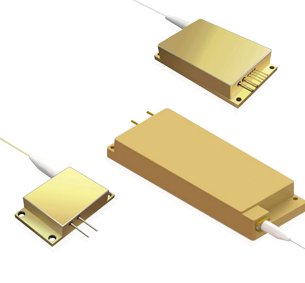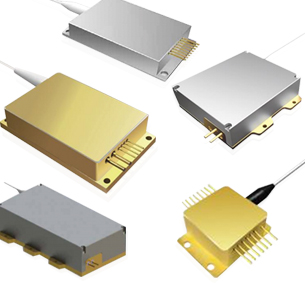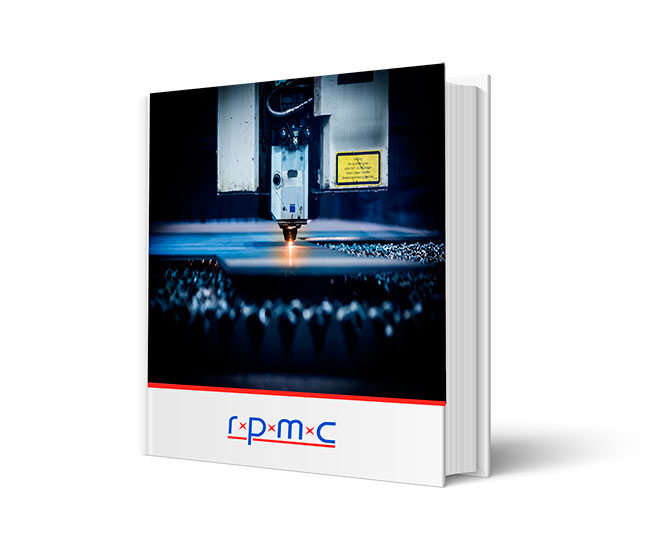RPK-TK
Laser Diode, Wavelength Stabilized, Fiber-coupled, 405-1064nm, up to 3000W
Key Features:
- Turn-key systems Plug-and-Play ready.
- Multiple wavelengths from 405nm to 1064nm.
- Multimode outputs allow for higher output powers, efficiency, and versatility.
There are many different package types, wavelengths, output powers, and options to choose from. Get help selecting the right configuration for you!
POPULAR CONFIGURATIONS:
Picture |
Part Number |
Part Description |
Datasheet |
|
|---|---|---|---|---|
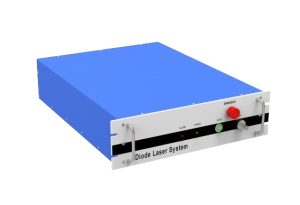
|
DS3-51514-RPK450-250.0W-10522-HP |
Turnkey System, Fiber Coupled Laser Diode, Pigtailed, 450 +/-10nm, 250W, R6 Package, 5m long 105um, 0.22NA fiber with HP-SMA connector |
|
Get Quote |

|
RPKBDL-CW500-E200 |
Fiber Coupled Direct Diode Laser System, 445nm, 500W, 200um/0.22NA, 5m fiber length, QBH connector |
|
Get Quote |

|
RPKBDL-CW1000-E200 |
Fiber Coupled Direct Diode Laser System, 445nm, 1000W, 200um/0.22NA, 5m fiber length, QBH connector |
|
Get Quote |
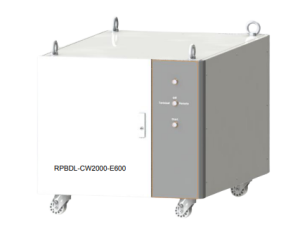
|
RPKBDL-CW2000-E600 |
Fiber Coupled Direct Diode Laser System, 450nm, 2000W |
|
Get Quote |
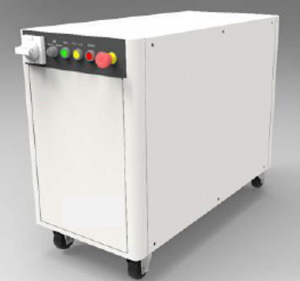
|
RPKBDL-CW1000-9XX |
High power direct laser diode system, 915nm or 976nm, 1,000W |
|
Get Quote |
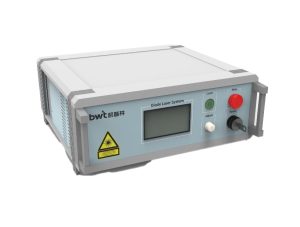
|
RPDS3-51524-RPK976-N2-300.0W-20022-SM |
Fiber Coupled Diode Laser System, Detachable, 976 +/-10nm, 300W, Turn-key System w/ Aiming Beam, Designed for 200um, 0.22NA fiber with SMA Connector |
|
Get Quote |
The RPK-TK from RPMC Lasers is a high-power laser diode system suitable for a wide range of applications. These laser diode systems can be tailored for your specific needs with wavelengths from 405nm to 1064nm, and output powers up to 3000W, in a turn-key package. Our specialized fiber-coupling techniques ensure high efficiency, stability, and superior beam quality, while rigorous inspections and burn-in procedures guarantee each product’s reliability, stability, and long lifetime. The Turn-key system allows for control over the operating temperature, current, and pulse width, with a flexible and easy-to-use interface on the front panel or through a computer-controlled interface. Highly customizable options allow RPMC Lasers to meet our customers’ specific needs, providing high-quality products at reasonable prices.
If your exact needs are not in our popular configurations, define your ideal laser diode and let us find the best solution!
Product Range:
Wavelength Range:
Multiple wavelength options from visible to infrared light. Standard wavelength options with custom wavelengths available to better fulfill your needs.
| 405nm | 445nm | 520nm | 635nm | 660nm | 690nm |
| 785nm | 808nm | 830nm | 915nm | 976nm | 1064nm |
Output Power Range:
These devices are CW(Continuous Wave) with a modulation frequency from 1-20kHz. The output power can be adjusted from the laser interface.
| 10W | 30W | 70W | 100W |
| 150W | 200W | 250W | 300W |
Fiber Core Diameter:
In general, smaller fiber core diameter provides higher brightness and larger fiber diameters offer higher output powers. The standard fiber core size is 105um.
| 50um | 105um | 200um | 400um | 600um |
Connector Types:
The standard fiber connector options for MM laser diodes are SMA, FC, and none.
| SMA Connector | Industry-standard connector type with minimal connector interface and a screw-type coupling mechanism. |
| FC Connector | Industry-standard connector type with tighter tolerances minimizing misalignments. |
Other Options:
Depending on the package and the number of electrical connections available, some packages offer more options than others.
| Thermoelectric Cooler (TEC) | Provides more control of the laser diode temperature |
| Photodiode | Monitors the light energy for more accurate data. |
| Thermistor | Monitors the laser diode temperature |
| Back Reflection Protected | Reduces potential damage to the laser diode from back reflections |
| Aiming Beam | Sends a beam of either red or green light to help IR lasers with alignment. |
*Not all packages, output powers, and options are available with every wavelength
*Some products may require a minimum order
Benefits:
- Specialized fiber-coupling techniques result in high efficiency, stability, and superior beam quality.
- More precise and accurate results in material processing, medical therapeutics, and solid-state laser media pumping.
- User-friendly controls for temperature, current, and pulse width.
- Stringent inspecting and burn-in procedures guarantee reliability, stability, and long product lifetime.
- Highly efficient, stable, and long diode lifetime for increased confidence and trust in product performance and longevity.
- Cost-effective solution with minimal maintenance requirements and reduced downtime.
- Complete turn-key option – Easy to use DS3 air-cooled laser diode system option for the RPK Series diode lasers.
- Easy and hassle-free integration for various applications saves you time and money.
- Highly customizable, tailored solutions with different packages to meet customers’ unique needs.
If you have any questions or need more information, please contact us.
| Wavelength (nm) | |
|---|---|
| Description | Laser Diode, Wavelength Stabilized, Fiber-coupled, 405-1064nm, up to 3000W |
| Type |

 BUY NOW
BUY NOW 

